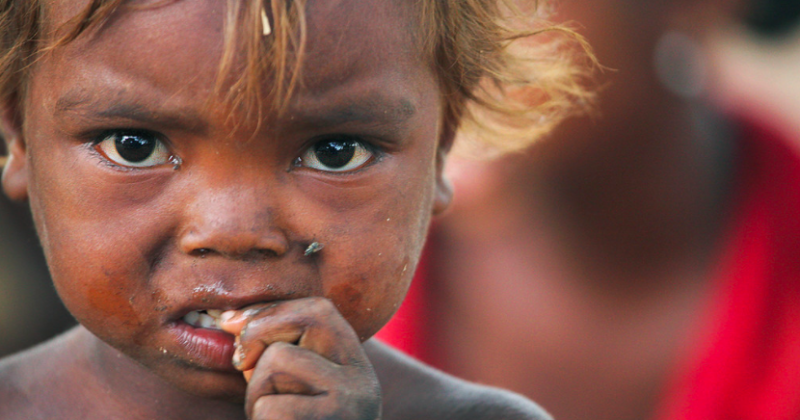
How is Climate Change Affecting Southern Madagascar? The Climate Crisis and Extreme Drought
By RightsViews Staff Writer Emily Ekshian
MADAGASCAR - Four years of prolonged drought has taken a toll on Madagascar as the country is on the brink of the world’s first climate change-induced famine. Madagascar is an island-nation off the southeastern coast of Africa. Currently, the country is suffering from a destructive drought, where more than a million people are left food insecure and 400,000 people are confronted with a famine in the south, the epicenter of the crisis.
The drought poses an imminent threat to the right to life, and opportunities for health, access to clean water, sanitation and food of people in southern Madagascar. As the crisis intensifies , people in the south have been left with no other choice than to migrate in search of food. Tens of thousands of people were already suffering from the catastrophic levels of hunger and food insecurity after four years without rain. The drought has played a role in isolating farming communities, generating water...




